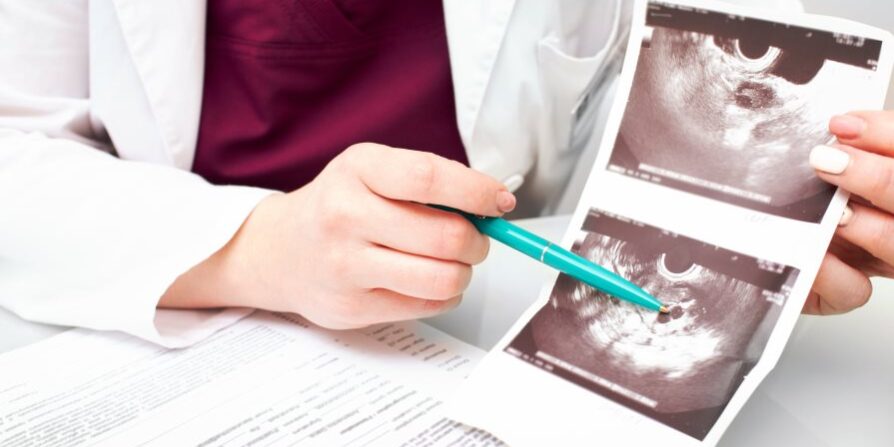When you undergo in-vitro fertilization (IVF) with Wilcox Fertility of Pasadena, CA, we want you to understand every step in your care! In this blog, we will look at follicles, what they are, the role they play, and how many follicles we strive for.
Follicles are small sacs of fluid that contain eggs (also known as oocytes). Every month, a follicle grows on a woman’s ovaries. When the follicle grows to an appropriate size, the follicle ruptures and releases the egg inside. This process is known as ovulation. Although several follicles will develop during each cycle, generally, only one will release an egg. The follicles that don’t release an egg will degenerate, as part of a process called atresia.
It is impossible to count how many follicles a woman has on her ovaries. This is because until a follicle develops – while it is a ‘primordial follicle’ – they are simply too small to see or detect with an ultrasound. However, once hormones trigger follicle development, they can grow up to 10 mm in size. These are called antral follicles and are visible to ultrasound. At this point, Dr. Wilcox can count the follicles and estimate a woman’s ovarian reserve. Usually, an antral follicle count (AFC) is done when we’re assessing whether or not assisted fertility treatment is right for you at a consultation.
After meeting with our clinic, if Dr. Wilcox feels IVF is the best route for you to build your family, he will prescribe medication for your specific IVF protocol. Ovarian stimulation involves daily injections that encourage the ovaries to produce more than a single follicle (egg), as they typically do during your natural cycles. Instead, they are stimulated to produce multiple oocytes in the hopes of creating more embryos for you to have.
During the ovarian stimulation process, we will carefully monitor your follicle development. Although there are is no definitive answer when it comes to what is a good number of follicles for IVF, Dr. Wilcox and his team will perform a series of ultrasound scans and blood tests to ensure we are seeing good follicle growth. These blood tests will measure for oestradiol, which is a type of estrogen. The female body produces this hormone when follicles grow, so monitoring oestradiol levels is an essential indicator of follicle health.
Once your follicles have reached an appropriate size, Dr. Wilcox will check that there is a suitable number of oocytes. If so, Dr. Wilcox will provide a “trigger shot” time and we will schedule your egg retrieval. Our clinic will show you and/or your partner or spouse how to give yourself the trigger shot (also referred to as hCG).
This shot will alert your body that it’s ovulation time, but instead of your body naturally releasing them like you do when you ovulate, Dr. Wilcox will be retrieving the eggs for your IVF cycle. The egg retrieval is typically 36 hours after the shot is given and the eggs are retrieved through a very thin needle under light sedation. They are then mixed with the partner’s (or a donor’s) sperm.
Any resulting embryos are left to develop over two to five days and are closely monitored for quality. One or two of the highest quality embryos (this would be discussed with Dr. Wilcox or a member of his team) would be transferred back into the uterus in the hopes that the embryo will implant in the uterine lining. If an embryo implants, that means a pregnancy has been achieved. Any remaining embryos can be vitrified (cryopreserved) for future family building.
Should you have any questions along the way about follicles, egg quality, or any part of your fertility treatment, we’re always happen to provide you with helpful answers and resources along the way!
For more information on the numerous fertility treatments and family-building options offered at Wilcox Fertility, please continue to review other areas of our site or to inquire about financial information, don’t hesitate to contact us via our online form or call us at 626.657.9327.







